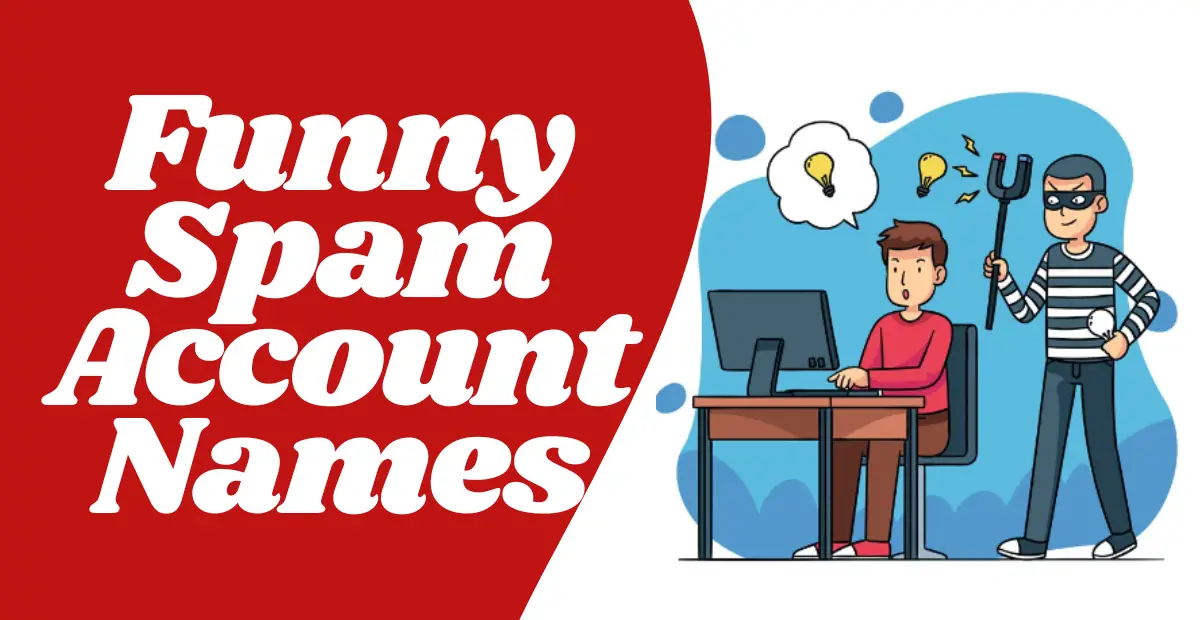The Curious History Of SPAM: Meat And Messages
What's in a name? Sometimes, everything. The curious case of Spam, the iconic canned meat, proves that a simple moniker can transcend its humble origins to become a global phenomenon. From its Depression-era debut to its wartime sustenance and present-day culinary interpretations, Spam's journey is a testament to the power of branding and the unpredictable nature of cultural adoption.
The story begins in 1937, amidst the economic hardship of the Great Depression. Hormel Foods, seeking a versatile and affordable meat product, developed a canned concoction of ground pork and ham. But what to call it? The answer, surprisingly, came from a New York radio actor named Kenneth Daigneau, brother of a Hormel executive. In a naming contest, Daigneau proposed "Spam," a portmanteau of "spiced ham," winning a $100 prize and etching his name into culinary history. Little did he know his creation would spark decades of debate, inspire countless recipes, and even lend its name to the ubiquitous scourge of unsolicited electronic messages.
| Name | Kenneth Daigneau |
|---|---|
| Born | Information unavailable |
| Died | Information unavailable |
| Occupation | Radio Actor |
| Known for | Coining the name "Spam" |
| Employer | (Information about radio stations where he worked is unavailable) |
| Relation to Hormel | Brother of a Hormel Foods executive |
Reference: Spam.com
Spam's initial reception was mixed. Some lauded its convenience and affordability, while others questioned its mysterious composition and gelatinous texture. However, World War II dramatically altered Spam's trajectory. As rationing gripped nations and fresh meat became scarce, Spam emerged as a crucial source of protein for Allied troops. Shipped across the globe, it became a staple in soldiers' diets, cementing its place in wartime lore. This global distribution laid the groundwork for Spam's surprising postwar popularity in diverse culinary landscapes, from Hawaii to South Korea, where it remains a beloved ingredient today.
The postwar era saw Spam transition from a necessity to a cultural icon. In Hawaii, its influence is particularly pronounced, appearing in everything from breakfast omelets to sushi rolls. South Korea also embraced Spam, often incorporating it into elaborate gift sets and festive dishes. This cross-cultural appeal speaks to Spam's adaptability and its ability to transcend its humble beginnings. From military rations to gourmet creations, Spam has proven remarkably versatile, inspiring culinary innovation in kitchens worldwide.
But the story doesn't end with breakfast plates and gift baskets. In the digital age, "spam" has taken on a new meaning, synonymous with unsolicited emails and junk messages. This linguistic evolution, first officially recognized by the New Oxford Dictionary of English in 1998, highlights the unexpected ways in which a brand name can permeate language and culture. While the connection between canned meat and junk mail remains a subject of speculation, it serves as a reminder of Spam's enduring presence in our collective consciousness.
The evolution of "spam" from a brand name to a verb underscores its lasting impact. The very act of choosing a username for a "spam" account, a secondary social media profile often used for more casual or anonymous posting, connects back to the original product's name. The desire for clever and engaging "spam" usernames reflects the ongoing quest for online identity and self-expression, echoing the initial $100 contest that launched Spam into the world.
From its humble origins in Austin, Minnesota, to its global presence on dinner tables and in digital inboxes, Spam's story is one of unexpected twists and turns. Its a tale of ingenuity, adaptation, and the surprising power of a name. Whether you savor it on a plate or curse it in your inbox, Spams legacy is undeniable, a testament to the enduring impact of a simple, yet unforgettable, name.
Choosing a good username for any online platform is crucial, and "spam" accounts are no exception. While the term "spam" in this context refers to a secondary, less curated profile, the principles of a good username still apply. A name that is memorable, relevant to your interests, and easy to share is essential, regardless of the platform. Think long-term; a username that resonates with you now might feel outdated later. Choose wisely, and secure your preferred name across all platforms to avoid imitations.
Creating a distinct online identity is paramount in today's digital landscape. A well-chosen username can be the key to attracting followers, building community, and expressing your personality. Whether you're showcasing your culinary creations with Spam-inspired recipes or sharing your thoughts on the latest internet trends, a memorable username is your digital calling card. Avoid generic or unoriginal names; instead, opt for something unique that reflects your individual style and online persona.

![Printable List Of SPAM Username Ideas [PDF Included] Printables Hub](https://printableshub.com/wp-content/uploads/2024/02/spam-username-ideas-3-576x1024.jpg)
